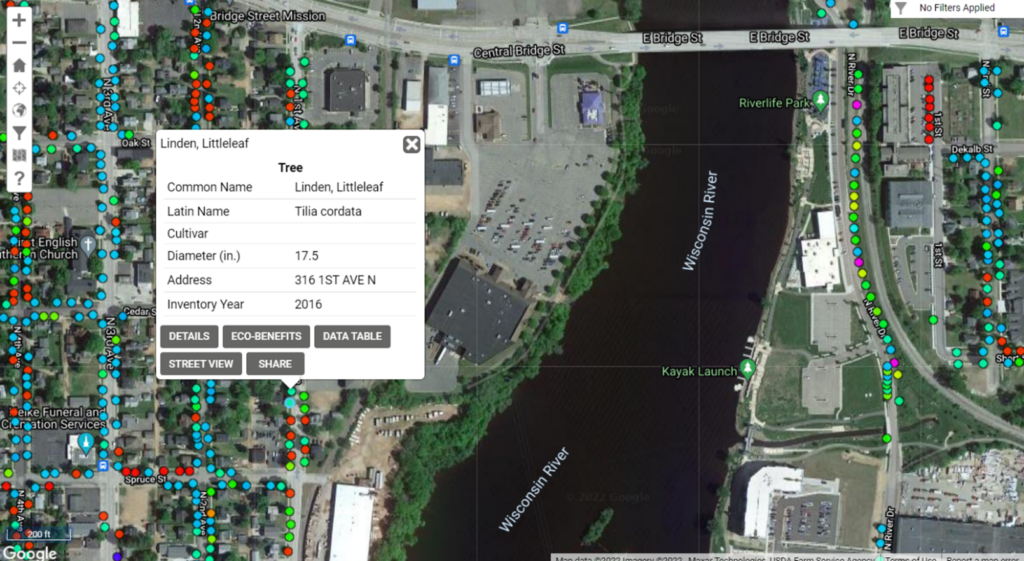By Dan Buckler, DNR Urban Forest Assessment Specialist, Milwaukee, Daniel.Buckler@wisconsin.gov or 608-445-4578
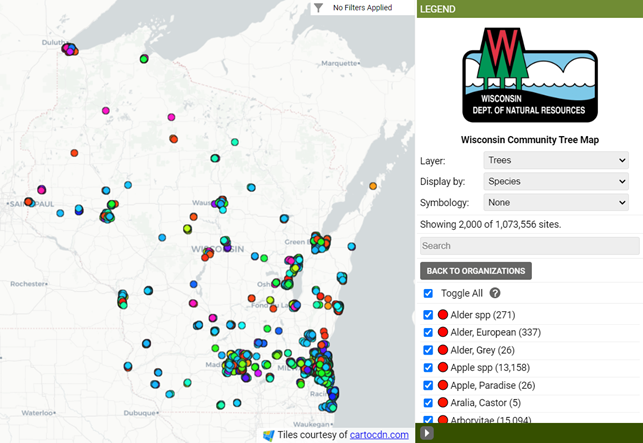 Ever since it launched in 2017, the Wisconsin Community Tree Map has been building a collective inventory of urban trees across the state. Now a milestone has been passed: over one million trees are in the database, giving users an expansive look at much of our urban forest.
Ever since it launched in 2017, the Wisconsin Community Tree Map has been building a collective inventory of urban trees across the state. Now a milestone has been passed: over one million trees are in the database, giving users an expansive look at much of our urban forest.
Visitors to the tree map, a compilation of tree inventories from over 200 organizations, can use the tool to learn more about their local trees, such as species composition, size distribution, or even some of the ecosystem services those trees provide. Users can filter by certain attributes or areas to further identify trees of interest. Overall, it can be a powerful management, scientific, marketing and educational tool.
Continue reading “One Million Trees Now In Wisconsin Community Tree Map”

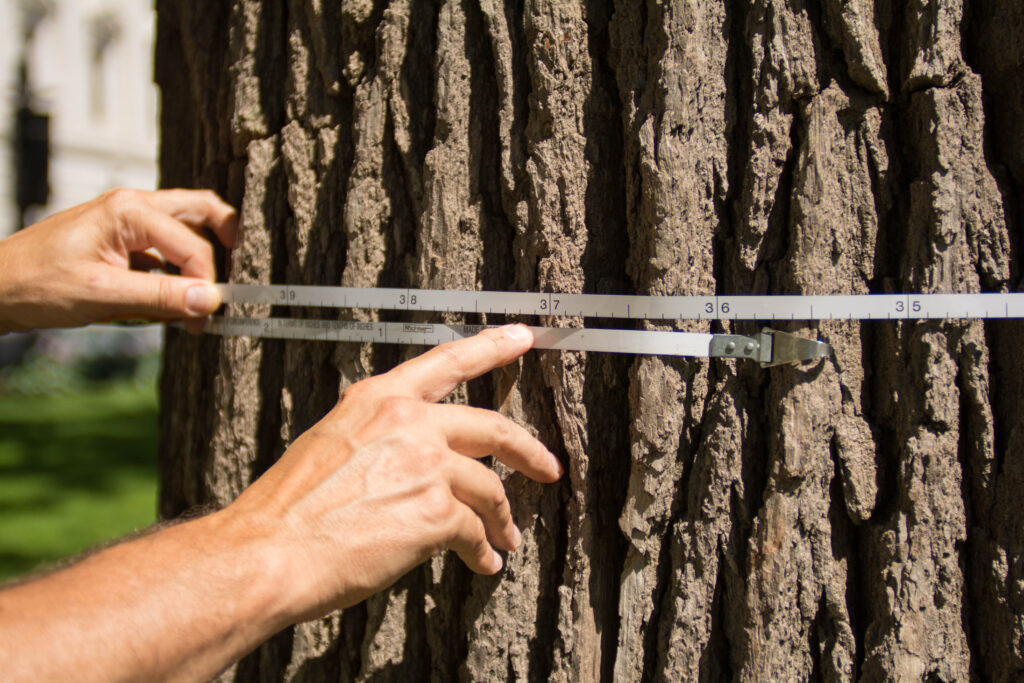 Tree inventories are foundational elements of sustainable urban forestry programs. You need to know what you have to best manage your trees. Because of the importance of these datasets, the Wisconsin DNR Urban Forestry program often funds inventories through their annual grants (
Tree inventories are foundational elements of sustainable urban forestry programs. You need to know what you have to best manage your trees. Because of the importance of these datasets, the Wisconsin DNR Urban Forestry program often funds inventories through their annual grants (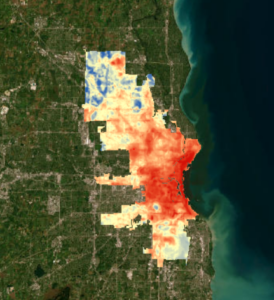
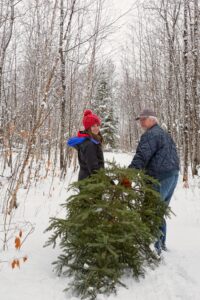
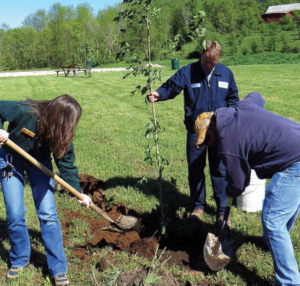 You may have participated in this survey led by DNR Urban Forestry Coordinator Don Kissinger in 2020 (if so, thank you!) Wisconsin municipalities with more than 2,500 residents were asked a series of questions about the types of trees they prefer to plant (such as root stock type and caliper size), which lesser-used species they had successfully planted, which species they cannot find but would like to plant, and whether they use a gravel bed.
You may have participated in this survey led by DNR Urban Forestry Coordinator Don Kissinger in 2020 (if so, thank you!) Wisconsin municipalities with more than 2,500 residents were asked a series of questions about the types of trees they prefer to plant (such as root stock type and caliper size), which lesser-used species they had successfully planted, which species they cannot find but would like to plant, and whether they use a gravel bed.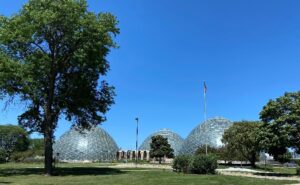

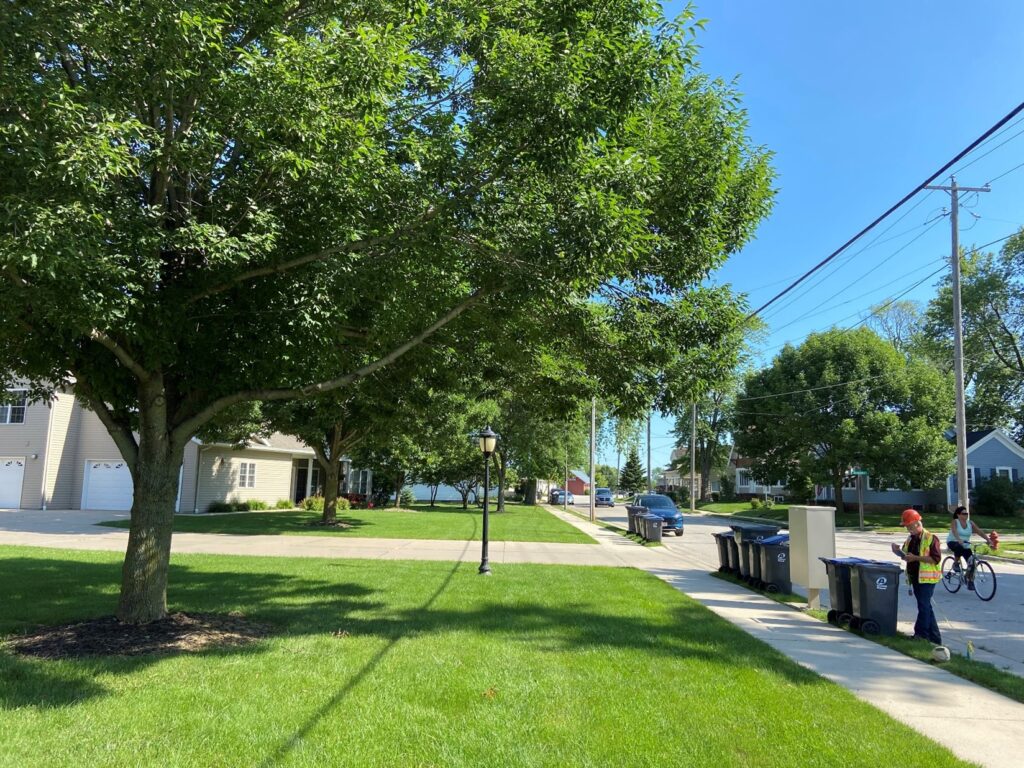 How many sugar maple trees grow in our urban areas? Which species are exhibiting health declines? How many logs can be produced from removed ash trees? What is the carbon storage of urban forests? Where are invasive species most prevalent?
How many sugar maple trees grow in our urban areas? Which species are exhibiting health declines? How many logs can be produced from removed ash trees? What is the carbon storage of urban forests? Where are invasive species most prevalent?